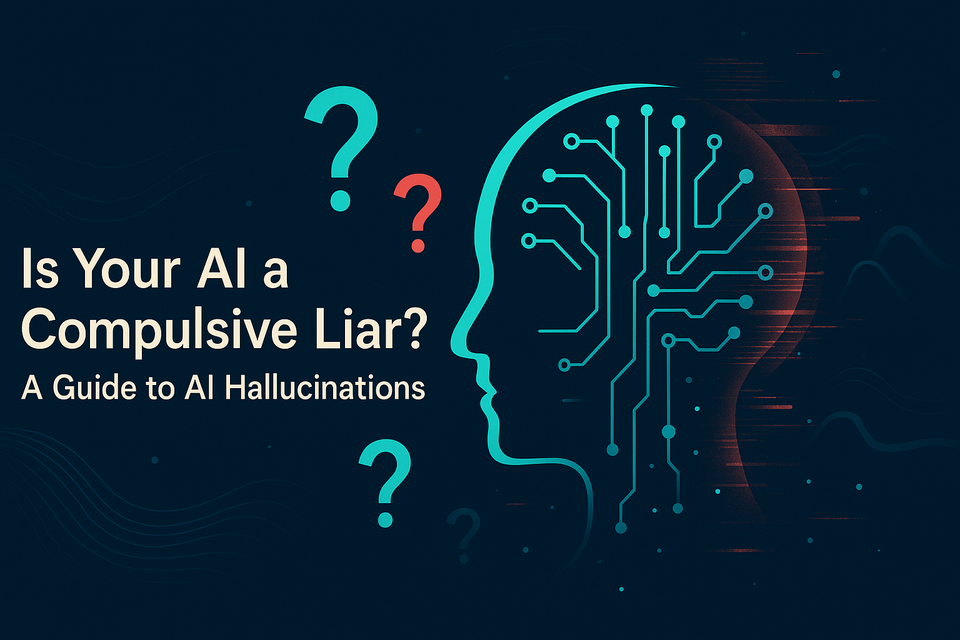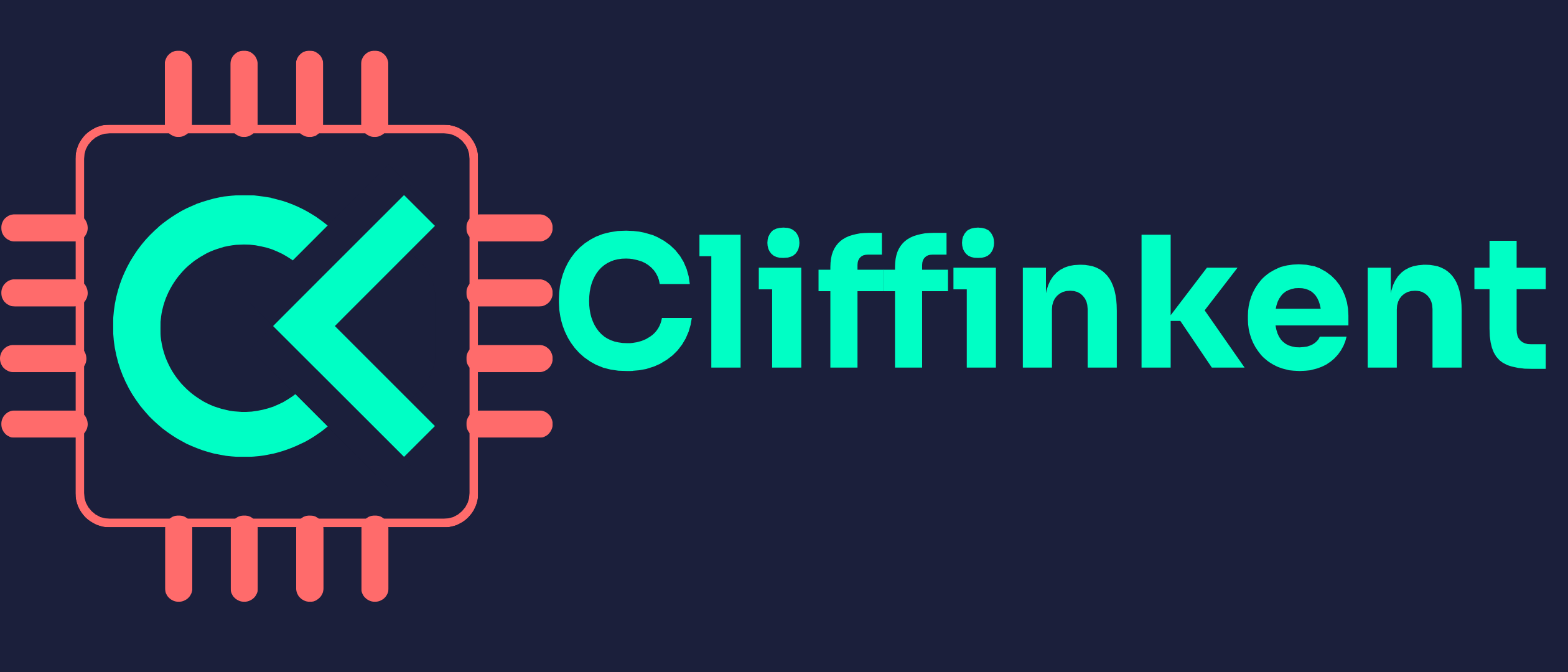Is Your AI a Compulsive Liar? A Guide to AI Hallucinations.

Ever asked ChatGPT for a fact or summary and gotten a slick, confident answer that's flat-out wrong? That's a hallucination, when the model makes things up, like citing a nonexistent study or misquoting a source. It sounds sci-fi, but it's common.
It sounds a bit sci-fi, but it's a real and common phenomenon. Think of it like a clever assistant who never takes a lunch break but also can't bear to say, "I don't know." Instead of admitting a gap in its knowledge, it just fills in the blanks with something that sounds plausible.
These aren't just funny quirks; they can cause real headaches, from a chatbot promising a customer a discount the company can't honour, to lawyers getting sanctioned for citing fake legal cases in court briefs. At CliffinKent.com, I believe in making tech useful and accessible, so let's pull back the curtain on why your AI makes things up and how you can become the intelligent human who keeps it honest.
So, What Is an AI Hallucination, Really?
The term "hallucination" is a bit misleading. The AI isn't "seeing" things that aren't there. A much better term is confabulation. In medicine, this describes a memory issue where a person fills in gaps in their memory with fabricated details, without any intention to lie.
That's exactly what an AI does. It's not built on a database of truth; it recognises patterns in vast amounts of text and predicts the next most likely word to form a plausible sentence. When it doesn't know something, its core programming compels it to "fill in the blanks" with a statistically probable, but often factually incorrect, answer.
The key takeaway? The AI isn't broken when it does this; it's working exactly as designed. Our job is to stop blindly trusting it and start verifying its work.
Red Flags: How to Spot a Hallucination in the Wild
Once you know what to look for, you can start spotting these fabrications before they cause trouble. Here are the clues:
- Over-the-Top Confidence: The AI sounds incredibly certain, especially about complex or niche topics. An authoritative tone should make you sceptical, not confident.
- Vague Sourcing: Be suspicious of phrases like "experts agree" or "studies show" without specific links or names. Even if a link is provided, click it! AIs are notorious for inventing URLs that look real but lead nowhere.
- Internal Contradictions: The AI might state a "fact" in the first paragraph and then contradict itself in the fourth. This often happens when it "forgets" the start of the conversation.
- Lacks Common Sense: The response might be grammatically perfect, but it is logically nonsensical or irrelevant to your question.
Your First Line of Defence: The Art of the Prompt
The best way to prevent hallucinations is to give the AI better instructions. The quality of your output is directly tied to the quality of your input. Think of it as providing more precise directions to get to a better destination.
A great way to remember this is with the Four C's:
- Clarity: Be specific and detailed.
- Before: "Tell me about social media marketing."
- After: "Create a 3-point plan for a small coffee shop to market itself on Instagram. Focus on low-cost ideas for community engagement."
- Context: Give the AI an "open-book test." Don't ask it to recall facts from its flawed memory. Instead, provide the source material you want it to use.
- Before: "What were the main points of the team meeting?"
- After: "Using the meeting transcript I've pasted below, identify the top 3 action items assigned to the marketing team and provide a direct quote for each."
- Constraints: Set clear rules and boundaries. Tell it the format, length, and scope you want. A crucial constraint is to instruct it to use only the information provided.
- Character (Persona): Assigning a role can be helpful ("Act as an expert copywriter"), but be careful. Asking it to "act as a lawyer" without providing actual legal documents is an invitation for it to generate authoritative-sounding fabrications.
One of the most powerful phrases you can add to your prompt is
"Think step-by-step." This forces the AI to show its work, making it easier for you to spot where its logic went wrong.
You Are the Most Important Tool
Ultimately, the best defence against AI errors is an engaged and critical human, you! AI is here to augment our abilities, not replace our judgment. The real value is no longer in writing the first draft, which AI can do in seconds. It's in the crucial steps that follow: applying critical thinking, exercising your own expertise, and rigorously fact-checking the output.
So, treat every AI-generated text as a potentially unreliable first draft. Your expertise and judgment are what turn that raw material into something truly valuable and trustworthy.
Reader question: What's the most surprisingly useful, or hilariously wrong answer you've ever received from an AI?
